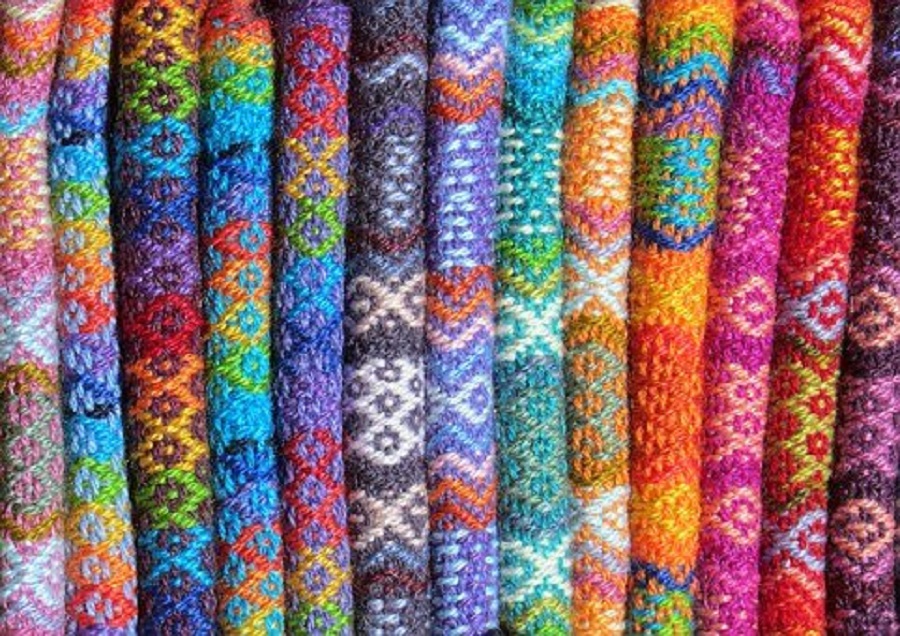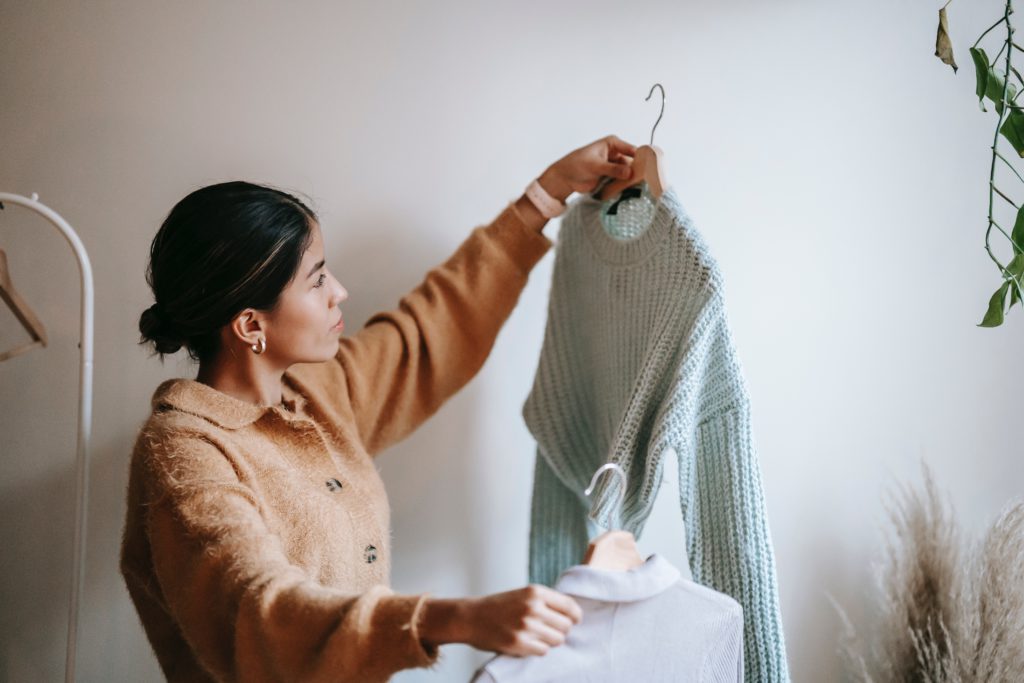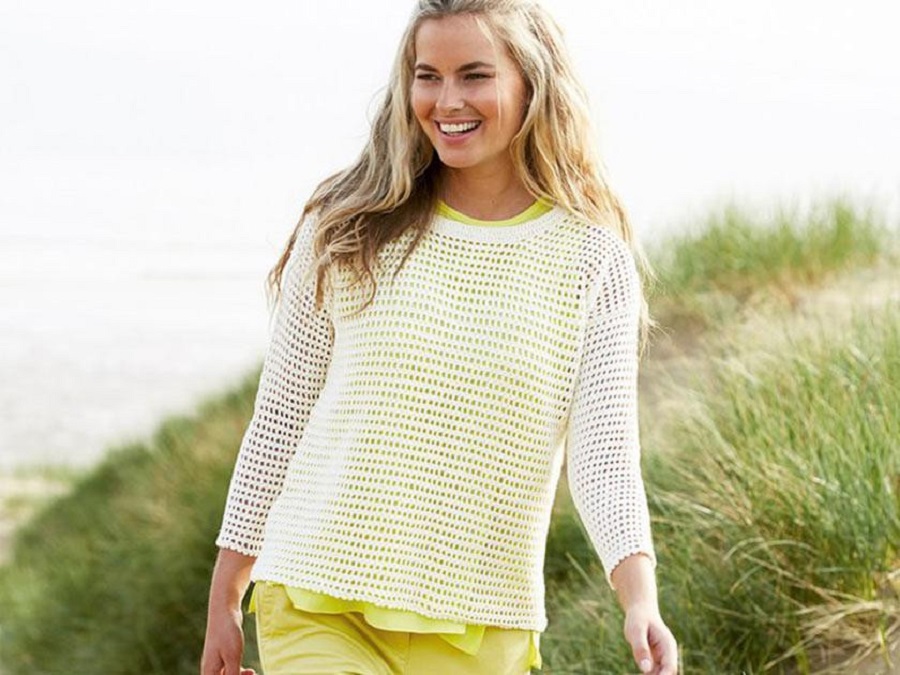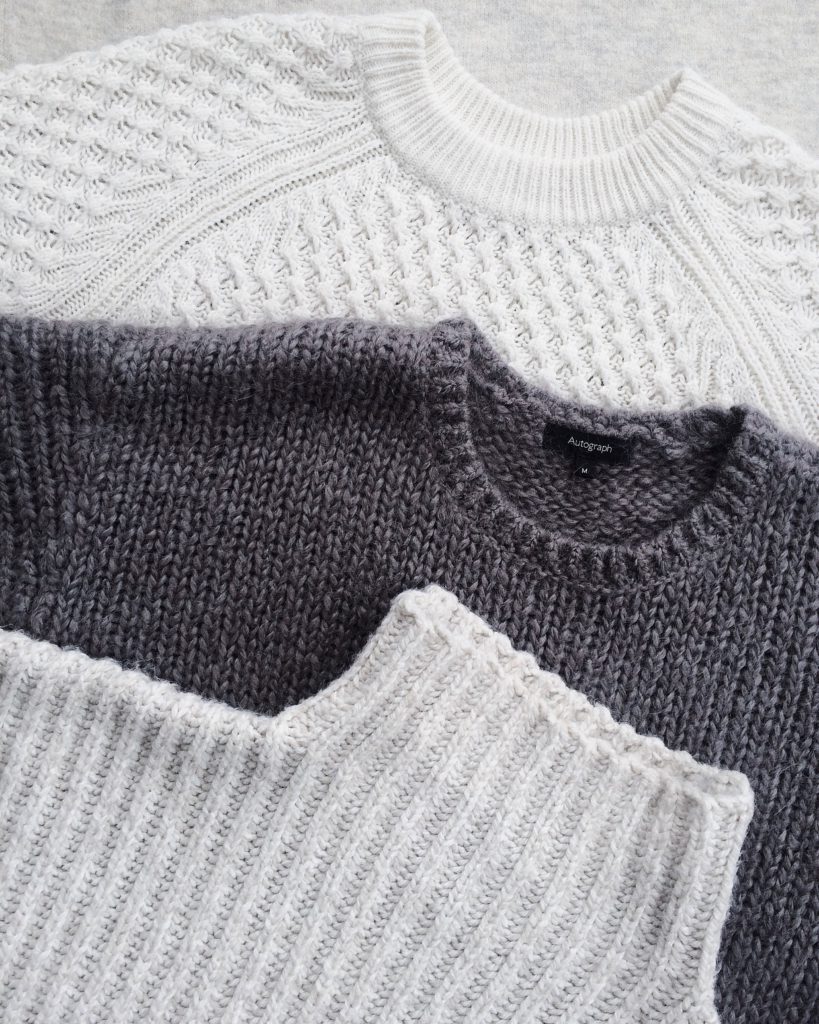Do you want to start knitting or buy knitting materials yet you realize that you’re still fairly new to different types of fabrics and are not sure where to start and what to buy? Knit fabrics are easy to understand, versatile, and fairly simple to work with. Before you dive into the craft, it is best for you to know the basic characteristics of knitted fabrics first.
Knitting is basically, the construction of an elastic, porous fabric. It is created by interlocking yarn in one continuous loop.
Characteristics of Knitted Fabrics
There are several unique characteristics of different knitted fabrics that make them preferable to woven fabrics, or those that are made by weaving together two or more threads. The characteristics of knitted fabrics are distinct from other fabrics in that they are durable, stretchy, lightweight, and comparatively cheaper to manufacture. Basically, there are different types of knits and these are available and used in various ways from t-shirts to swimwear.
Here are a few reasons why you might choose a knit when buying fabrics for your next sewing project.
10. Comparatively Cheaper
It is fairly simple to manufacture and process knits. They can be made more quickly and easily than woven fabrics. Another advantage of choosing knits is, knits are more cost effective to produce because of the higher production speed and reduction of steps in the process.
9. Manufacturing Process is Easier
Producing knit fabrics has fewer steps than woven fabrics. The production speed to make a knit fabric is much faster (2 to 16 yards per minute) than woven fabrics (0.5 to 6 yards per minute).
8. Knitted Fabric Comes in Every Color

While there are plenty of knitting projects that never use more than a single color of yarn, there are also several ways to work in colors.
- Some yarns are dyed to change color every few stitches (variegated) or every few rows (self-striping).
- Ombre is a multiple shades of the same hue. Many people are into this shade in fact, this has become a popular color style for fabrics, clothing, and even hair!
- Heathered yarns typically contain small amounts of different colored fibres, while tweeds have a greater number of different colored fibres.
- Every color palette you can think of is possible to create with knitted or crocheted fabrics.
7. Most Knitted Fabric Requires Little Care
Many knit fabrics require very little care to keep their appearance neat and in good shape. Each type of knit does vary with care, however. Here are a few to watch out for:

- Cotton knit fabric is usually safe to machine wash cold and tumble dry low or lay flat to dry.
- Polyester knits vary greatly by manufacturer, but in general you don’t want to let polyester get too hot or else it will melt. Thus, wash cold and skip the dryer.
- Rayon knits hand-washing. Since rayon fibers weaken when wet, limit how often you wash these fabrics.
- Nylon knits are those used in swimwear and activewear. Similar to polyester knits, nylon knits also shouldn’t be put in the dryer. Also, pass on the bleach since the mix of spandex in most nylons will have an adverse reaction. You don’t want to turn those whites into yellow! Consider handwashing, especially with swimwear.
- Wool knits, while beautiful are a little more high maintenance in care. Hand wash cold and skip the dryer. Lay flat to dry, since hanging wool knits might result in misshapen or stretched garments. With wool, you should be careful when storing so as to avoid moths. Buy some mothballs when packing away your winter storage.
- Silk knits also require special care. Hand wash them in cold water and either hang to dry or lay them out flat. Don’t leave silk soaking in water and don’t wring them out when drying. On the plus side, silks can usually be taken to the dry cleaner to make life easier.
- Linen knits are easy to wash. Many are machine washable, but hang to dry. If you need to iron out wrinkles, with linen pants for example, leave them slightly damp before ironing.
6. Knitted Fabric is Comfortable

The stretchy, soft feel of knits makes them comfortable to wear for all occasions, but especially great choices as travel and workout clothes. This fabric can be dressed up or down and as a bonus is forgiving of many different body types.
5. Knits Are Lightweight
Knits won’t weigh you down, with their lightweight fit. This means that even in the heat of summer, you can wear t-shirts and thin cardigans made of knit fabrics.
4. Elastic Nature
Knit fabric is made from one continuous thread. This means that, it has the ability to stretch in all directions. All types of knitted fabrics exhibit this characteristic of elasticity.
When stretched along its width, it stretches significantly. Stretched along its length, it stretches only slightly. Don’t stretch a knit too much or you risk creating runs in the fabric.
It is essential to note that characteristics of woven fabrics don’t include ability to stretch nearly as much; thus, stretching this fabric can cause only a minimal stretch on its width and not at all on its length.
Elasticity makes knit fabrics preferable for creating activewear and swimwear. Their elastic nature allows for lots of physical activity without detriment to your clothing.
3. Wrinkle Resistant
Physical properties of knitted fabrics include wrinkle resistance. If you ball up a knit, it will crush easily. When you release it, the fabric will spring back into shape without wrinkles. A woven fabric, on the other hand, will wrinkle easily when balled up and released.
The tendency of knits to resist wrinkling makes them a popular choice for clothing. Just think, no more ironing!
2. Knitted Fabric Can be Constructed Into Small Pieces

Since the construction of knitted fabrics makes them able to be used in smaller pieces, this means that they are ideal for making hats, mittens, socks, and hosiery.
1. Don’t Form Runs
Top one of the best properties of knitted fabrics is, it does not form runs. Generally, there are two general methods to produce knitted fabrics; these are warp knitting or weft knitting. Both methods result in a variety of types of fabrics. Both characteristics of warp and weft knitted fabrics are the same.
Weft-knit fabrics are more common, because they are easier to make. When cut, these will unravel, or run, unless immediately repaired.
Warp-knit fabrics, however, are resistant to runs. These are still relatively easy to sew. There are some popular warp-knit fabrics that are used in lingerie examples are tricot and milanese.
by Catalogs.com Info Guru Samantha Rose

